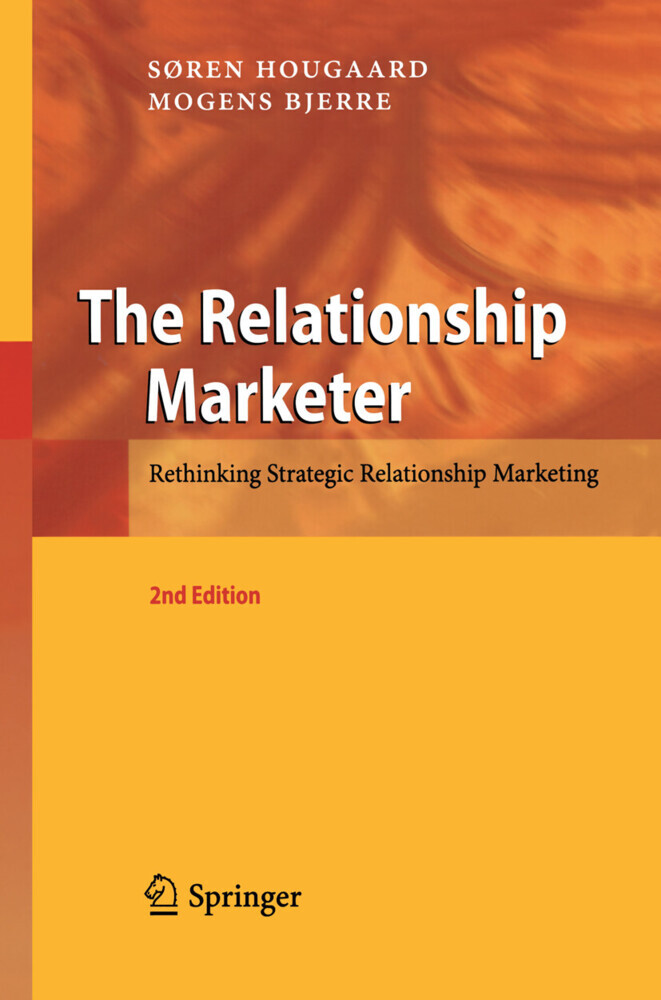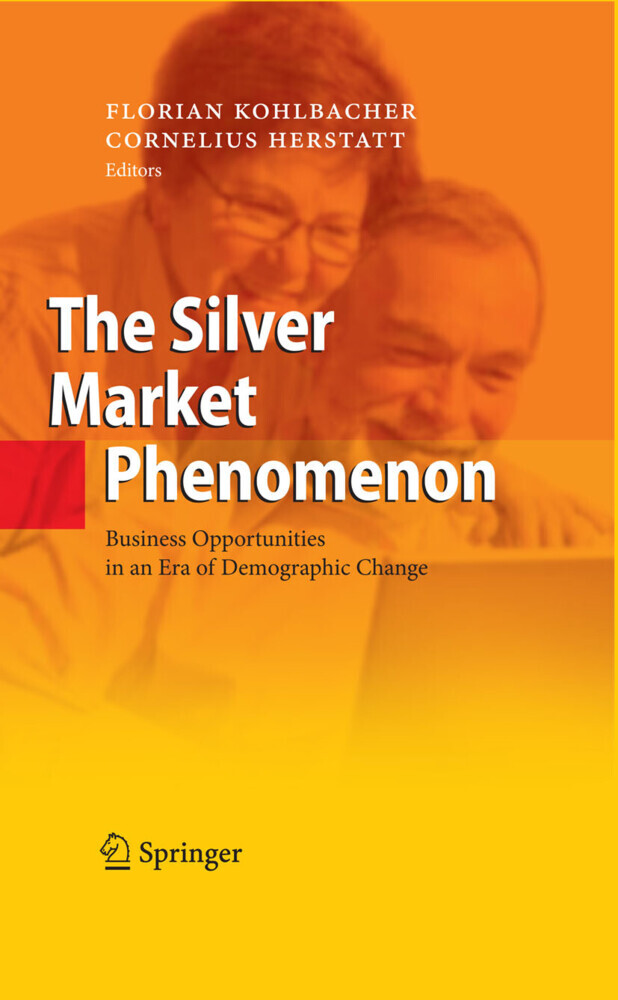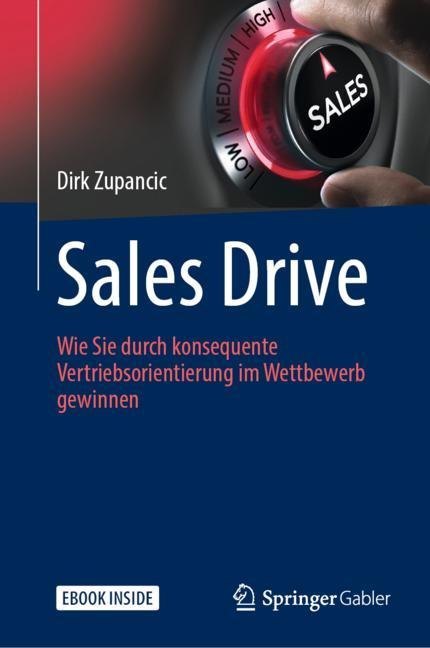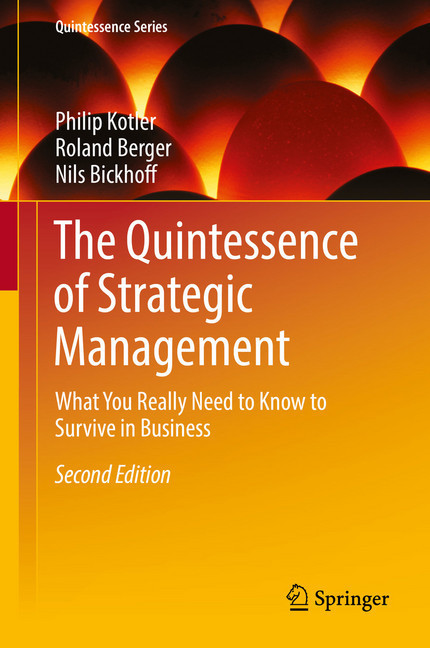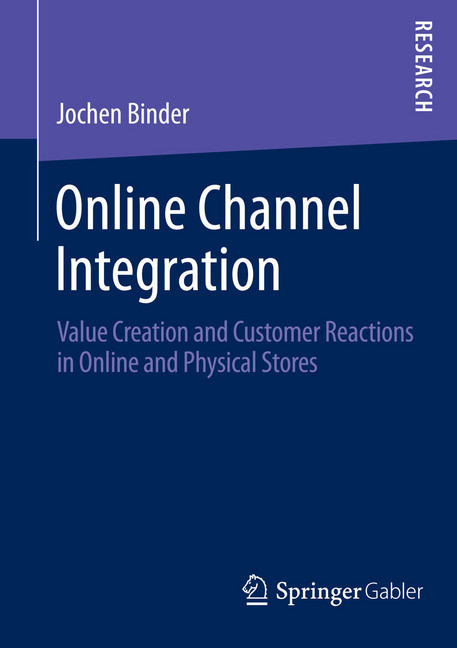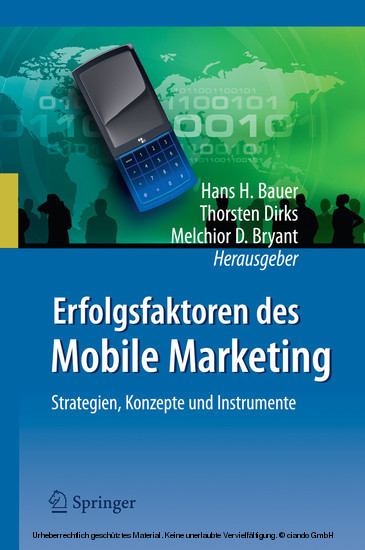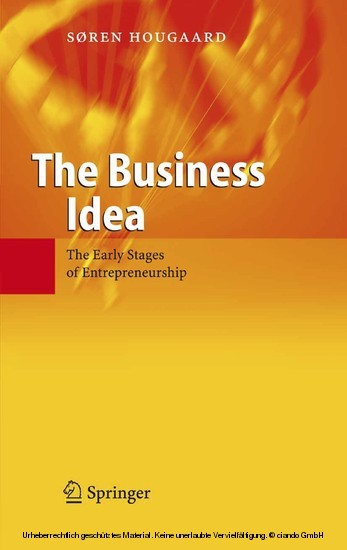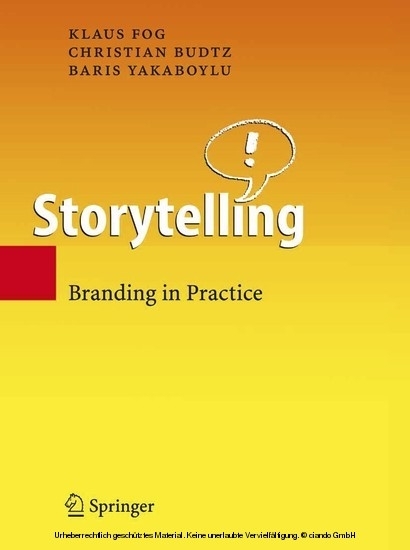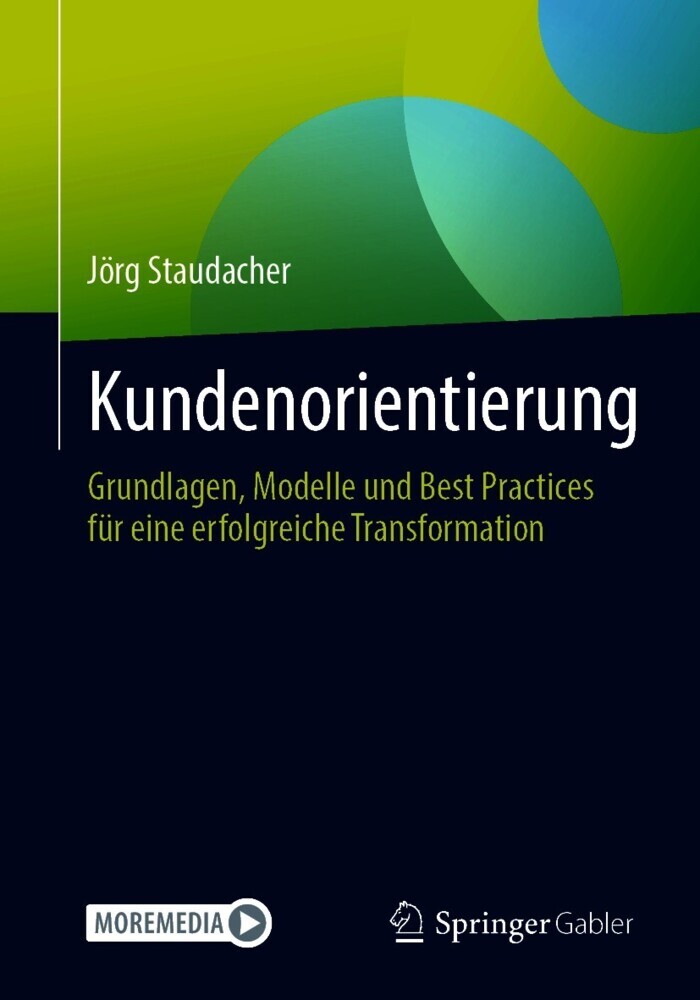The Relationship Marketer
Rethinking Strategic Relationship Marketing
In "The Relationship Marketer", Søren Hougaard and Mogens Bjerre explain how the concept of the dyad (i.e., mutuality, or "you and me") is quickly becoming a fundamental principle in marketing. The authors suggest that understanding customer relationships, value co-creation, and customised business models in which effectiveness is evaluated on an individualised basis leads to outstanding business performance. Based on these principles the authors present a concrete and practically manageable framework for implementation. Readers will find surprising, useful, and applicable marketing models, typologies and tools, as well as guides to the systematic generation of strategic opportunities.
1;Dedication Page;5 2;Table of Contents;6 3;Preface;7 3.1;The Dawn of Dyad Marketing Thinking;7 3.2;Market Leadership - Old Economic Rationales under Pressure?;8 3.3;Future Marketing Paradigm;9 3.4;Objectives;9 3.5;Target Audience;10 3.6;Acknowledgements;11 4;1. The Relationship Aspect of Marketing;12 4.1;1.1 Introduction - the Power of Relationships;12 4.2;1.2 What Business is Marketing Really in?;14 4.3;1.3 The Classical Buyer-Seller Relationship;16 4.4;1.4 Elements of the Buyer-Seller Relationship;18 4.5;1.5 Classifying the Pattern of Interaction Between Buyer and Seller;22 4.6;1.6 Defining Relationship Marketing;25 4.7;1.7 Different Theoretical Directions in Relationship Marketing;27 5;2. A Systematic Approach to the Buyer-Seller Relationships;31 5.1;2.1 Marketing as Mutual Exchange;31 5.2;2.2 Marketing as Systems;33 5.3;2.3 Three Types of Exchange;33 5.4;2.4 Two Approaches to Exchange;35 5.5;2.5 The Political Economy Paradigm;37 6;3. The Economics of Customer Relationships;43 6.1;The Principle of Complete Resource Mobility;44 6.2;The Principle of Frictionless Transactions Between Supplier and Customer;45 6.3;The Principle of the Period as Fiscal Dimension;46 6.4;3.2 The Business Economics of Customer Relationships - Risk and Opportunism;47 6.4.1;Skanska and Rockwool³²;48 6.4.2;The True Product Costs;50 6.5;3.3 Customisation of Assets, Frictions and the Life Cycle;52 6.5.1;Customisation of Assets;52 6.5.2;Cost of Frictions;53 6.5.3;Customer Life Cycle;54 6.6;3.4 Generic Transaction Costs;59 7;4. Customer Loyalty and Business Economics;61 7.1;4.1 Defining and Describing Customer Loyalty;61 7.2;4.2 The Customer Life Cycle and Various Loyalty Dynamics;63 7.3;4.3 The Value of Customer Loyalty;65 7.3.1;Lifetime Economy;66 7.3.2;Efficiency Economy;67 7.3.3;Value-Adding Economy;68 7.4;4.4 Loyalty in a Market Segmentation Perspective;69 7.5;4.5 Ties and Segmentation;73 7.6;4.6 Loyalty Matrix Modelling as an Approach to Segmentation;75 7.7;4.7 Concept to Measure Customer Loyalty;78 8;5. The Driving Forces of Customer Relationships;80 8.1;5.1 The Relationship System;80 8.2;5.2 The Influence Position of the Supplier;83 8.2.1;Interdependence of Ties and Trust between Customer and Supplier;84 8.2.2;The Threat of Vertical Integration in Dyadic Relationships;85 8.3;5.3 Competitors as Driving Force;86 8.4;5.4 Buyers and Their Influence;89 8.4.1;How Can the Buyer Motivate the Supplier to Invest in Customised Assets?;92 8.5;5.5 Catalysts as a Driving Force;92 8.5.1;The Nature of Complementors;93 8.5.2;Invaders Attacking Established Value Chains;95 8.5.3;Invasion by Reconfiguration;95 8.5.4;Innovations - the Driver Beyond the Immediate Playground;96 8.6;5.6 The Relationship DNA;97 8.6.1;What Impact Does the Relationship Form Have on the Relationship?;98 8.6.1.1;The parties;98 8.6.1.2;The customer needs;98 8.6.1.3;Time horizon;99 8.6.1.4;The communication pattern;99 8.6.2;The Exchange Form;99 8.6.3;Customer Life Cycle;101 9;6. Supplier Relationship Levels - Consequences and Contents;102 9.1;6.1 The Ladder as a Relationship Metaphor;102 9.2;6.2 Five Steps of Supplier-Customer Relationships;103 9.2.1;Spectator;104 9.2.2;Vendor;104 9.2.3;Preferred Provider;104 9.2.4;Business Consultant;105 9.2.5;Partner (Ally);105 9.3;6.3 Relationships Forms - in a Key Account Management Context;107 9.4;6.4 Contact - One Contact Point Relationship;109 9.5;6.5 Passive Coordination - Customer-reflected Relationship;110 9.6;6.6 Proactive Coordination - Supplier-reflected Relationship;113 9.7;6.7 Integrator - Joint Development;116 9.8;6.8 Relationship Contents;119 9.8.1;Uniplex;122 9.8.2;Uniplex to multiplex - One to team;123 9.8.3;Multiplex to uniplex - Team to one;123 9.8.4;Multiplex - Team to team;124 10;7. Relationships in Different Environments;125 10.1;Industry Characteristics and How They Affect Relationships;125 10.1.1;I - Customer's competitive situation (industry attractiveness);127 10.1.2;II - Relationship value system (business system analysis);127 10.1.
| ISBN | 9783642032431 |
|---|---|
| Artikelnummer | 9783642032431 |
| Medientyp | E-Book - PDF |
| Auflage | 2. Aufl. |
| Copyrightjahr | 2010 |
| Verlag | Springer-Verlag |
| Umfang | 223 Seiten |
| Sprache | Englisch |
| Kopierschutz | Digitales Wasserzeichen |

